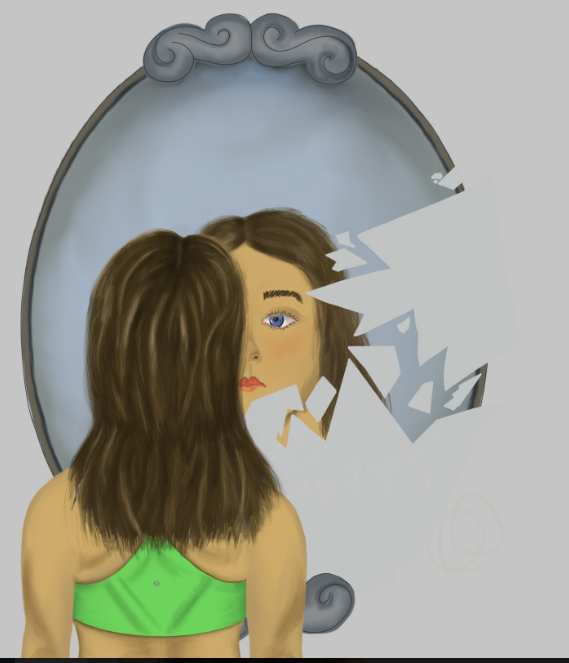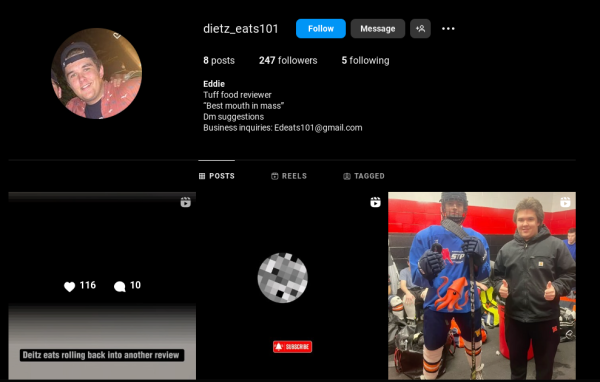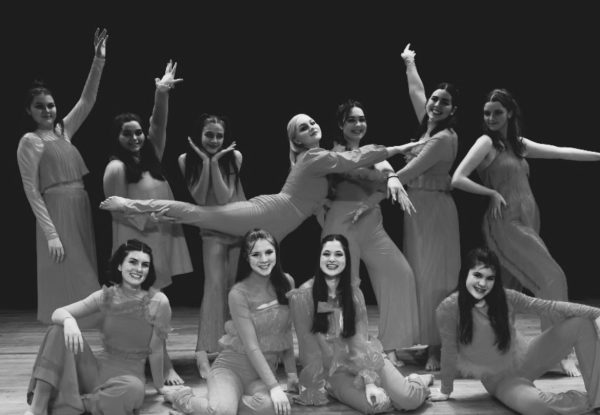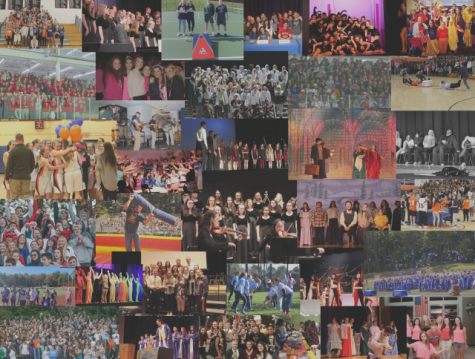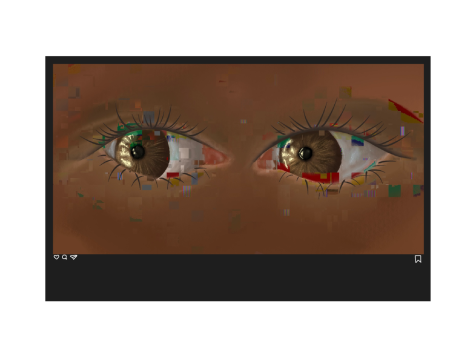Online Wellness Culture Spreads Toxicity
The recent transformation of modern-era celebrity status, especially with more people seeking and achieving fame on social media, has brought about more instances of misinformation being spread to younger audiences. People from across the world, of any age, have the ability to grow large platforms on social media nowadays in the span of a couple months. Fame has never been so easy to reach, especially when it does not require a specific talent or heritage to achieve it. And while this is overall beneficial towards attracting more diversity into entertainment culture as well as providing more authentic role models for kids to aspire to, awarding fame so easily can have its various downsides. The problem with such attainable fame is the aftermath of that platform. Having a platform means people will watch and listen, even if they are not aware what they are watching and listening to. It has been discussed before how misinformation can spread in the world of news media, but what about in the social media world? Just as easily as a social media post can sell out a product can it spread dangerous information.
The areas that misinformation becomes really dangerous revolve much around wellness, specifically physical wellness and mental wellness. While social media can provide resources of information in these areas, it is important to see how much of it the consumer does not really know to be true. “Fitness Tik Tok” or “FitTok” is a “side” of TikTok that has amassed a large consumer reach on not only Tiktok but has also spread to other forms of social media. There are several videos where a creator will post content related to their body or their weight-loss/body recomposition journey and the comments are filled with questions of “Post a ‘what I eat in a day.’” The issue with posting a full day of eating is that there is a proportion of the audience who will compare themselves to the creator, without considering all of the differences between themselves and the creator that make their diets naturally different. It is also not taken into consideration the fact that the person sharing this video may not be making healthy choices in their life in regards to eating. No viewer, of any age, should subject themselves to comparisons to some random person on the internet on the basis of their diet.
Besides food, there are also a lot of recommendations on social media about supplemental nutrition and what “should” be taken to achieve certain goals. One trend around supplements has been something known as “dry-scooping” meaning swallowing a scoop of preworkout, solidified caffeine and electrolytes, before working out in order to get an energy boost. The purpose of powdered pre-workout is to be diluted in water, and according to the National Capital Poison Center, “significant toxicity” can enter the body at an extremely rapid rate while dry-scooping, which is especially dangerous for people with underlying health conditions. The influence from social media to participate in some of these trends almost never includes some of the possible negative side effects of participating, making them all the more dangerous for someone to view.
Aside from the negative health aspects of fitness trends and viral videos, there are larger societal expectations at stake with the presence of fitness related social media. Much of “FitTok” is centered around women, in an attempt to establish greater female confidence in the male-dominated gym world. But within this attempt to help women gain confidence, there is a significant underlying nature that shames the women who do not go to the gym and instead prefer other forms of exercise. Now that women finally have all opportunities available to them in the fitness world, whether thats competitive athletics or more female oriented gym guides, there should never be any shame given to any woman for doing what she wants with her own body.
Another problematic area that comes with social media wellness culture is the negative ramifications that stem from the attempted mental health awareness spread on platforms. Mental health was considered a taboo topic for many years, and the feat of creators to take this awareness to social media has provided a lot of exposure for issues that are usually not discussed on traditional mainstream platforms. However, this exposure led a 2021 Vox article to refer to social media as the “WebMD for mental health,” because of the modern occurrence of self-diagnosis that has developed among social media consumers due to the larger spread of information about mental-health. Comment sections under videos of people talking about their own experience with mental-health struggles are full of viewers coming to the revelation of believing they deal with this same diagnosis just because they have similar symptoms. This perception of mental illness as the summation of another’s experience can inhibit the spread of true awareness, as well as invalidate the struggles of people with the same diagnoses but different symptoms.
However, another complexity to the spreading of mental health awareness on social media is that self-diagnosis may be the only viable option available for someone to then begin finding treatment. The ability to receive a professional diagnosis is a privilege, and without equal access to healthcare, professional diagnosis can be impossible to achieve. Regardless, people should not use social media as a tool to base their self-diagnosis off of. People who believe they may be struggling with a disorder should be encouraged to reach out to a professional, or if that is not possible, then look into real research before jumping to conclusions. Social media has provided consumers with what Rebecca Jennings, author of the 2021 Vox article “How mental health became a social media minefield”, refers to as “over-pathologization.” The dictionary definition of this term is over-diagnosis, or the refusal to accept a certain behavior as normal. This occurrence in the media is harmful, and can cause obsessive self-analysis that changes the perceptions we have of ourselves. No one behavior can be classified as normal or abnormal. Every person is different, and the needless categorization that arises within the social media world is a dangerous narrative to push on the younger and younger generations that take to these sites.
Overlapping wellness culture within social media can have extremely dangerous side effects, especially when considering the extent to which young audiences are exposed to information. Social media provides many different outlets for many different interests, but with the easier access of platforms comes the greater the chance for misinformation to be spread throughout. Considering the largely youthful population of TikTok’s audience, there should be greater monitoring systems developed in order to prohibit the distribution of harmful information. Subsequently, users should be wary of the lack of facts behind much of the information presented, and be sure to do their own research before changing an aspect of their lives in accordance to a 60 second video they found online.

Sophia Brownsword, Class of 2023, is co-Editor-in-Chief of The Searchlight. At Walpole High School, Sophia plays soccer and runs spring track, is the...


